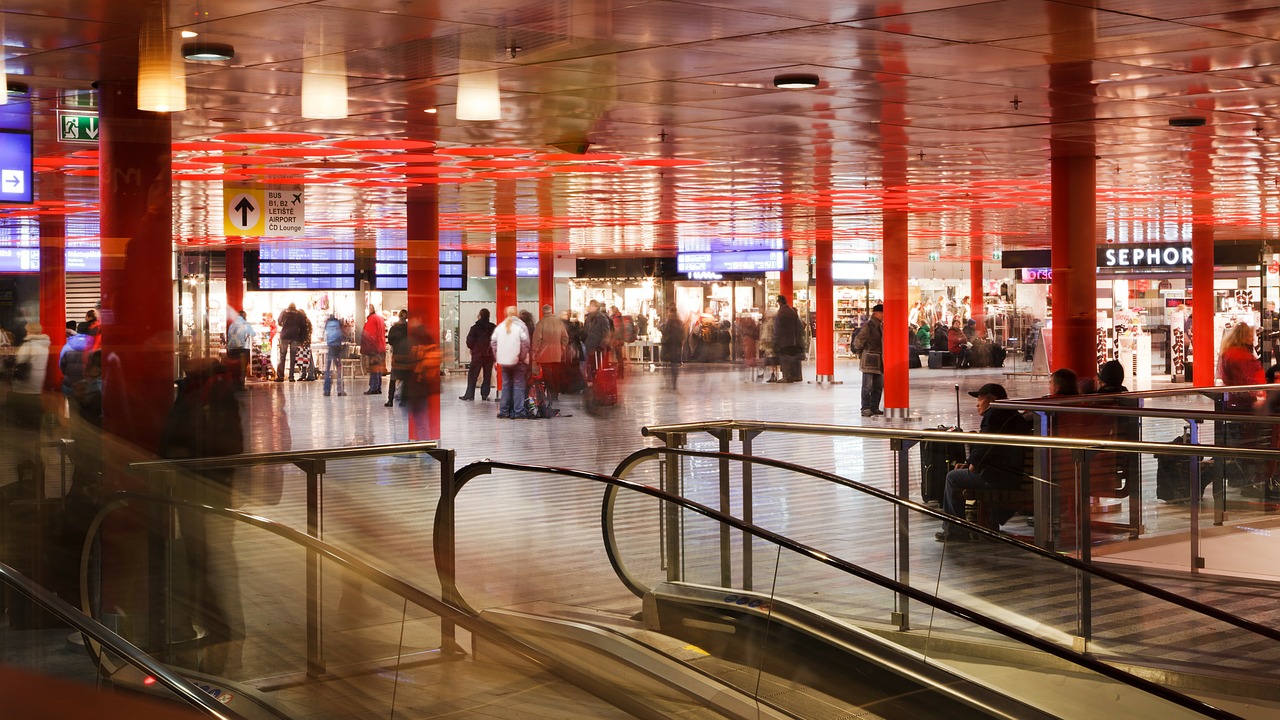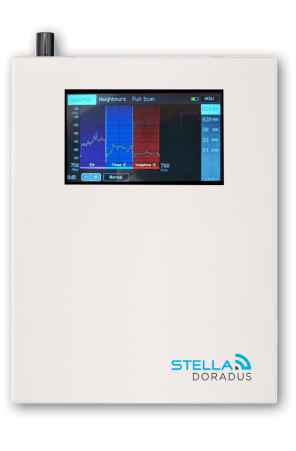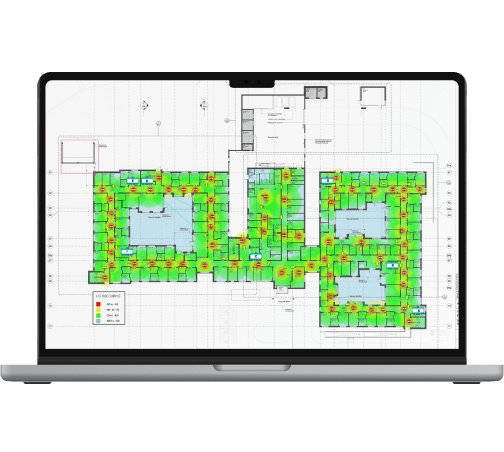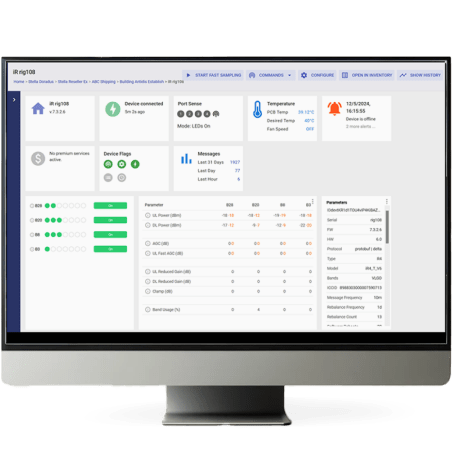Mobile networks are similar to roads: they help you stay connected to the people and places that matter most. And just like roads, they are subject to congestion. Network congestion occurs when the infrastructure in place cannot cope with the amount of users accessing it. In the motoring world, this results in traffic jams and cars stuck in standstills. In the mobile world, the impact of network congestion is very similar.
When a mobile network is at capacity, its performance will inevitably drop. Generally, the most noticeable decline in performance is seen in data speeds. Your usually speedy 3G connection may be reduced to a painful crawl, or may not even work at all. The same occurs on the 4G network, although it is less common, for now. The 4G network will eventually experience congestion issues in the same way as the 3G and GSM networks do. This situation will constantly be in a state of flux as more devices join the network.
4G, for the time being, is less popular than 3G. This means there are less people connected to the 4G network, which overall, means less traffic. It’s true that most users on the 4G network use their data in different ways to a 3G user. For example, a 4G user is capable of more data-heavy tasks, such as streaming live HD TV or movies, but despite this more resource heavy activity, the 4G network has a large enough bandwidth to cope. That being said, as more users switch to 4G, the bandwidth share that a device is assigned will decline. You may get super fast speeds now, but when the network becomes as saturated as with 3G, performance will inevitably drop.
Unlimited 4G data has its downsides
Issues develop when the mobile network reaches its absolute limit in terms of the amount of data it can transfer at one given time. Some 4G mobile providers have sought to tackle this issue by only offering contracts with data caps on them. EE, Vodafone and O2 do not offer ‘all you can eat data’ on their mobile networks because ‘consumers are beginning to realise unlimited plans are not always the best fit’.
But why is this the case? Surely having unlimited data would always trump the more restrictive data capped alternatives? Well, not necessarily. Offering unlimited data can encourage network congestion. If lots of people all want to access data services at the same time, the network could become a bottleneck.
By using data caps, networks encourage users to access data through other wireless networks, mainly WiFi, which reduces the load on the mobile network. You may not think that loading a news story, quickly watching a YouTube video, or downloading a presentation for work is a big deal, because all in all, the amount of data used is relatively low. However, if thousands upon thousands of people are all doing this at the same time, the amount of data being transferred quickly adds up.
Think about large, built up cities. They are densely populated, especially in areas where there are lots of high rise offices and flats. The City of London is notorious for having network issues that stem from having too many people in the same area all wanting to make calls and browse the web at the same time. This is similar to what is seen during the football World Cup when the nation makes a cup of tea during half time – the grid cannot cope with the demand placed upon it, which leads them to take precautionary action, much the same as the leading mobile networks have.
The main crux of this issue is that all of these mobiles, if on the same network, will be attempting to connect to the same network mast. This mast is then responsible for distributing the network’s bandwidth between all of its users; the more users there are that connect to the same mast, the less bandwidth there is to go around.
When will the heaviest congestion likely occur
This is a difficult question to answer as it depends where people are going to be based throughout the day, and what they will be doing on the mobile network. However, within areas of business, such as office complexes, congestion will inevitably occur during the work day, when most people are based in the area. Typically, the busiest times of the day are during lunch and around 5.30PM; times when workers are free to check their phones and browse the web.
On the other hand, congestion could also occur at home, between the end of the work day and when people go to bed, so roughly between 6PM-11PM. For many people, this will be no issue at all. The broadcasting masts that serve the areas in which they live will be distributed methodically, meaning the load is spread between them. It becomes problematic if the network masts cannot cope with the amount of users connecting to them, as is the case with the City of London. However, this area has an incredibly high amount of people within it during the day. Most areas do not have anywhere near this amount of stress placed upon the network.

How can I tell if the network is congested?
It is important to realise that congestion will only really occur in busy cities. It is unlikely that busy towns and other less populated areas will suffer from congestion troubles.
First of all, determine whether your issues are signal or congestion related. If your device is showing more than three bars of reception, then you know that there are not any issues with signal in your area.
Secondly, the time of day you are experiencing issues should be taken into account. If it is within the problem periods outlined above (especially around 5.30PM), you could well have congestion issues.
Network congestion can impact the performance of your mobile device on a couple of levels:
- Data speeds can vary significantly. The time it takes to load a webpage or complete a download will increase, due to the lower bandwidth your phone is receiving from the mobile network.
- Dropped or failed calls, even though your phone has signal. Again, there simply may not be enough room on the network to connect your call. It is important to note that this is not related to mobile signal.
- Texts cannot be sent or received, despite having good signal. This is a similar situation to dropped and failed calls. If the mobile network is at capacity, something as simple as sending a text could fail.
A great example of network congestion occurs on New Year’s Eve. Come 12AM, millions upon millions of people are sending their best wishes to friends and family via calls, texts and picture messages, all of which are sent from mobile devices. Inevitably, many of these do not send (or connect), or take much, much longer to send than usual.





